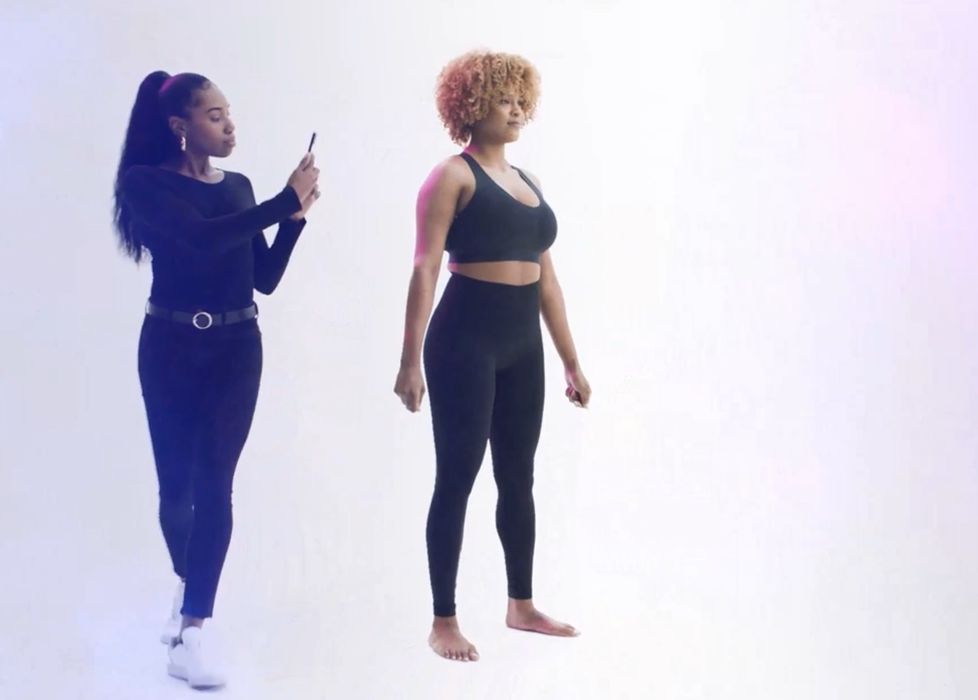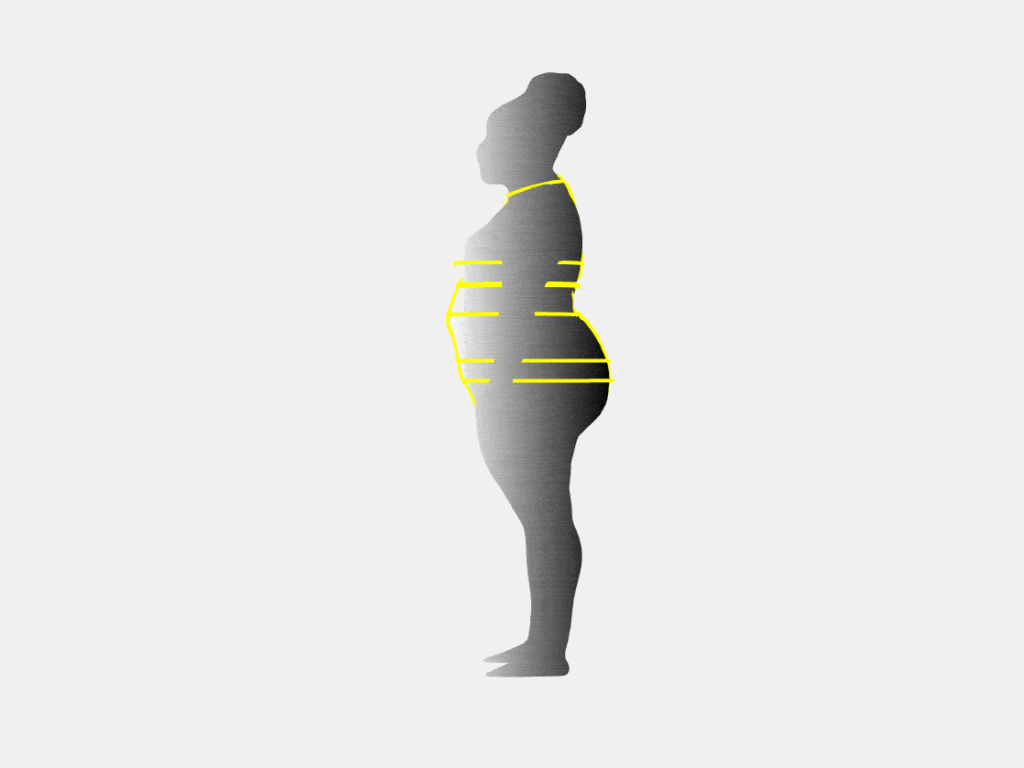
LIDAR-based 3D body scanning technology has been licensed by Cornell University to a fashion startup.
Researchers at Cornell University have been developing new 3D scanning technology for several years, specifically to address the niche market of body scanning. This technology has now been licensed to FIT:MATCH, a Florida-based fashion measurement company.
3D body scanning is a way to quickly capture the relevant dimensions of a person seeking custom-fit clothing. The idea is to use the captured measurements either to make adjustments in a clothing model for custom production or select the best fitting option from available sizes.
Either way, the buyer gets a better fitting set of clothes.
But is this really necessary? Why don’t you simply try on the clothes before buying? While that used to be the standard approach — and still is for physical stores — it is not the case for online fashion shopping. Online it is effectively impossible to truly know the size and dimensions of the products portrayed. Everyone knows sizing seems to vary considerably even when shopping in a physical store, and online stores are no different.
The research done at Cornell determined that the most commonly used measurements — like neck size, waist circumference, etc., surprisingly do not actually correlate with the shape of a person. This is one of several reasons why it is basically impossible to buy clothing properly online, and why buyers tend to purchase multiple sizes at once and pick the one that fits. The rest are returned, where they frequently end up in landfill due to restocking costs.
According to FIT:MATCH, their research revealed that an incredible “80% of shoppers were wearing the wrong size bra!” This shows how pervasive this issue can be.
Instead of using the conventional 2D measurements, the Cornell technology uses a series of 3D fit measurements. These are curved paths around the body in various directions, and truly capture the actual shape of the individual. From there software can predict the ideal geometry for a variety of clothing.
This geometry can, for example, be applied to a specific base style of clothing. The measurements can tweak the base style’s shape to perfectly match the customer.
FIT:MATCH provides an outstanding explanation of how this works with a series of informative animations.

The company has packaged up this technology into an iPhone app that leverages AR and LIDAR hardware and software on the device. A user can use the app to perform a local body scan and generate the necessary 3D measurements. The app does all the processing locally, so no private information is sent or recorded aside from the measurements.
How does this information then get used? It seems that FIT:MATCH is partnering with fashion companies to allow them to better serve their clients. According to FIT:MATCH’s website, they have partnered thus far with Fabletics and Savage X Fenty (Lingerie by Rihanna).
A look at these sites doesn’t indicate use of the technology, so it may be they are still at work figuring out how to deploy it. However, the idea seems quite sound and this should provide a significant benefit for not only the clothing buyer, but also the provider as they could dramatically reduce wasted shipping and products.
On a broader view this technology attracts me because it provides one of the key pieces in a future world where on-demand clothing and other custom products could be routinely provided. The ability to capture the geometry has always been very difficult, and it appears it has been solved, at least for this product niche. Once proven here, the practice could be adapted for other purposes, leading to additional use of 3D printing technology.
